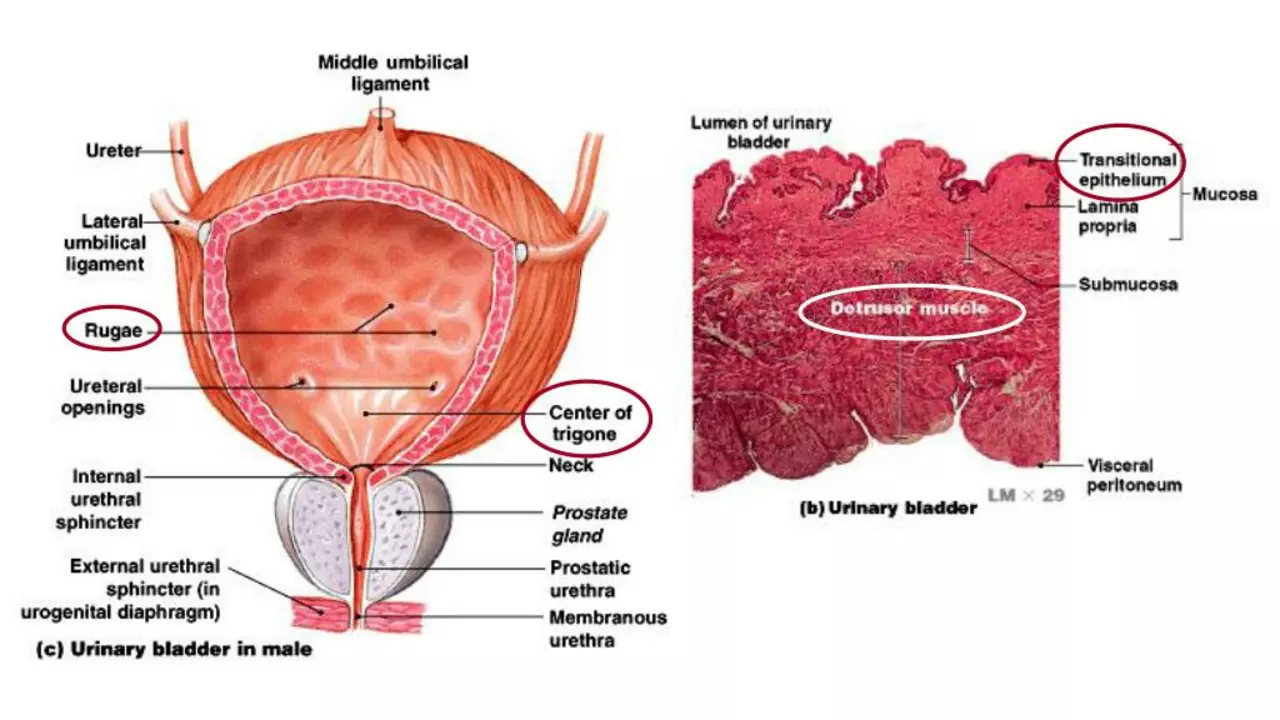Urinary Incontinence Symptoms: What to Watch For
Leaking urine when you laugh, cough, or rush to the bathroom isn't just embarrassing — it's a sign your bladder or pelvic floor needs attention. You don’t have to accept it as "normal aging." Knowing the symptoms helps you act sooner and get better results.
Start by asking: when does the leak happen? That question separates the most common types and points to the best fixes.
Common types and their telltale signs
Stress incontinence: leakage with pressure on the belly — coughing, sneezing, lifting, or exercise. Usually a small amount of urine and no warning urge.
Urge incontinence: a sudden, strong need to urinate and not making it to the toilet. You might wake up several times at night to pee (nocturia).
Overflow incontinence: frequent dribbling or a feeling that your bladder never empties fully. This often happens if the bladder is weak or something blocks urine flow.
Functional incontinence: the bladder works fine but problems like poor mobility, vision issues, or dementia stop someone getting to the toilet in time.
What to watch for right now
Keep an eye on frequency (how often you pee), volume (small dribbles or full voids), and triggers (cold, alcohol, caffeine, movement). A simple bladder diary for 3 days — note time, amount, and leaks — gives your doctor a huge head start.
Watch for red flags that need quick attention: sudden severe pain, blood in urine, fever, or a very sudden change in bladder control. Also see a doctor if incontinence affects your daily life, sleep, or mood.
Simple self-help steps that can make a fast difference: cut back on caffeine and alcohol, avoid heavy bladder irritants like citrus and artificial sweeteners, keep hydrated but space fluids evenly through the day, and manage constipation since a full bowel can push on the bladder.
Pelvic floor exercises (Kegels) often help. To find the right muscles, try stopping your urine midstream once (don’t make a habit of it). Tighten those muscles like you’re holding in gas or stopping urine, hold 5–10 seconds, then relax 5–10 seconds. Aim for 10 reps, three times a day. If you’re unsure, a pelvic floor physio can check your technique.
Treatment options range from lifestyle fixes and physiotherapy to medications, devices (pessaries), and procedures. The right choice depends on the type of incontinence and your health goals. Most people improve with targeted steps.
If leaks are new, worsening, or causing anxiety, book an appointment with your GP. Bring your bladder diary and be honest about how it affects you. Getting help early makes treatment simpler and faster.
You don’t have to live with leaks. Spot the pattern, try sensible fixes, and get professional advice when needed — small changes often lead to big improvements.
The connection between bladder and urinary incontinence symptoms and prostate health
In my recent exploration of health issues, I've discovered a fascinating connection between prostate health and bladder or urinary incontinence symptoms. Essentially, an enlarged or inflamed prostate can press against the urethra, causing symptoms like frequent urination, inability to empty the bladder, and urinary incontinence. It's such a vital issue for men, particularly as they age, as the prostate naturally enlarges over time. It's crucial to maintain regular check-ups and adopt a healthy lifestyle to ensure good prostate health and mitigate these symptoms. Remember, knowledge is power, especially when it comes to our health.

